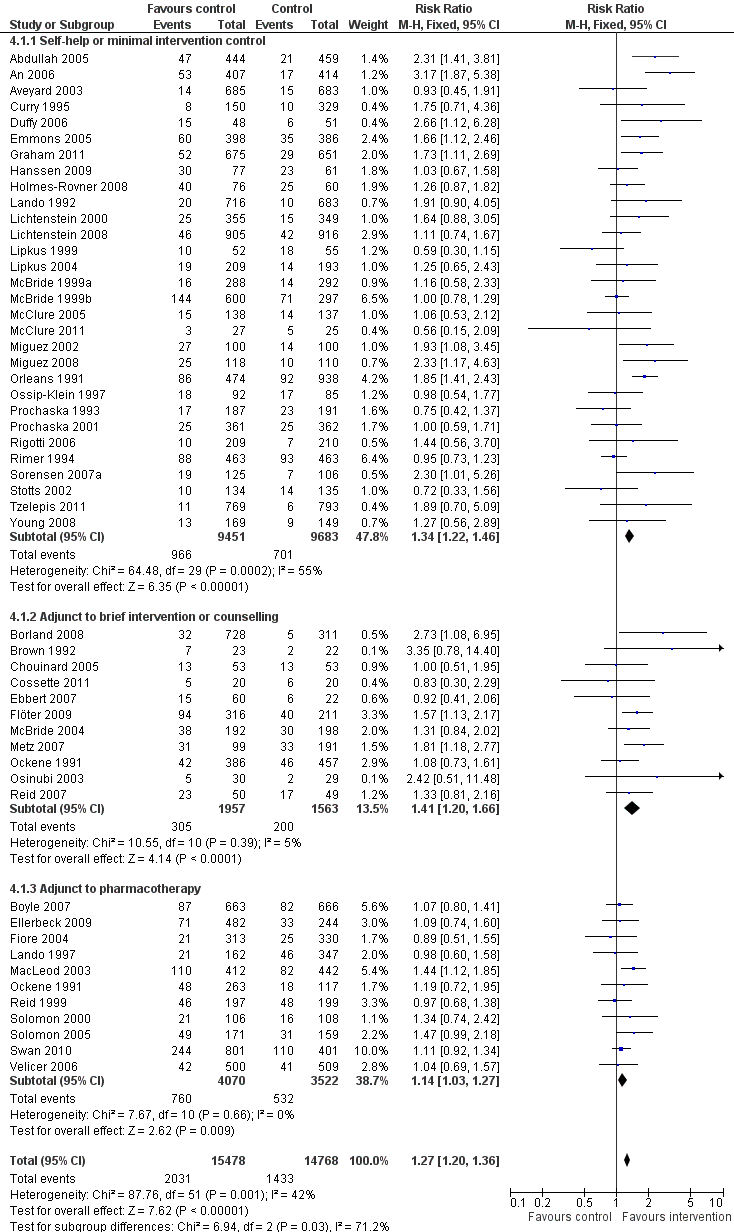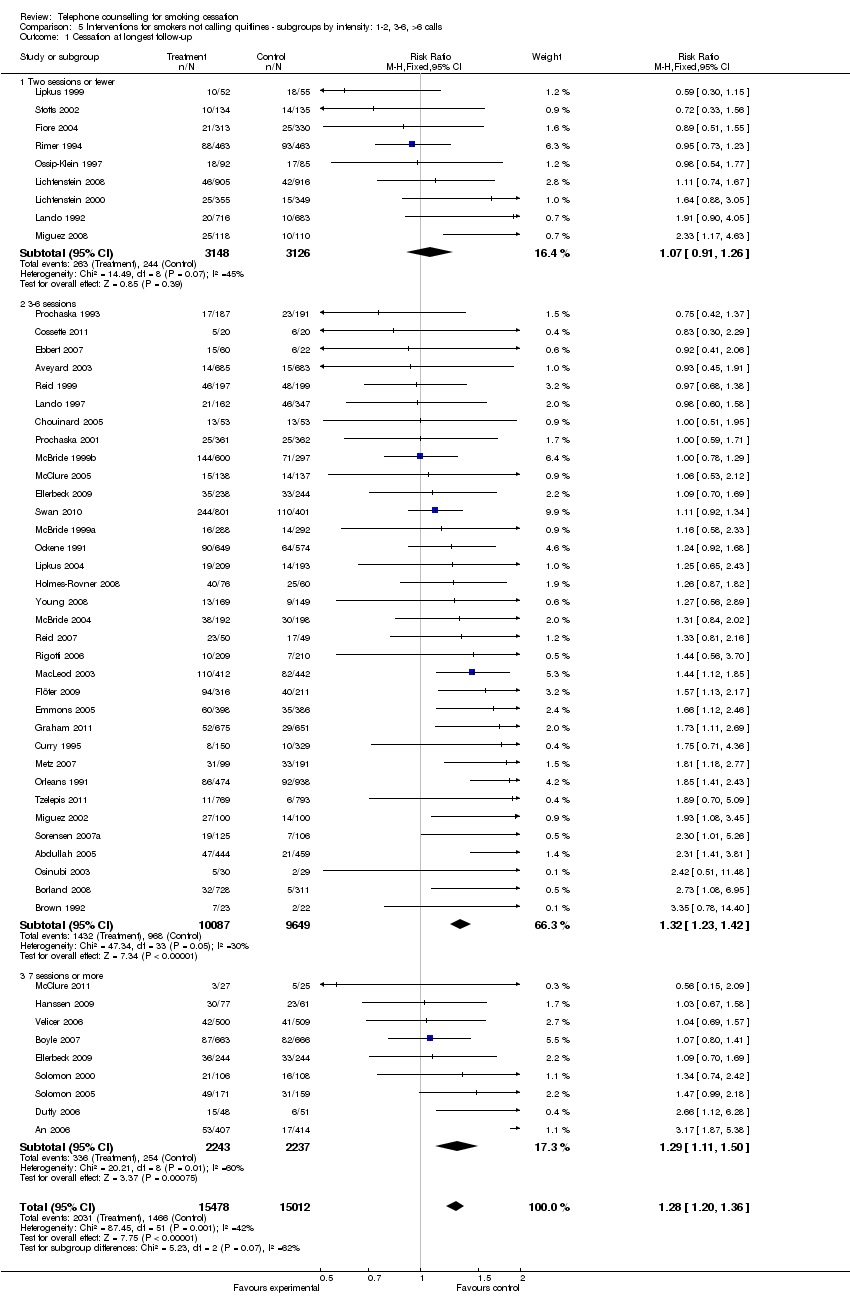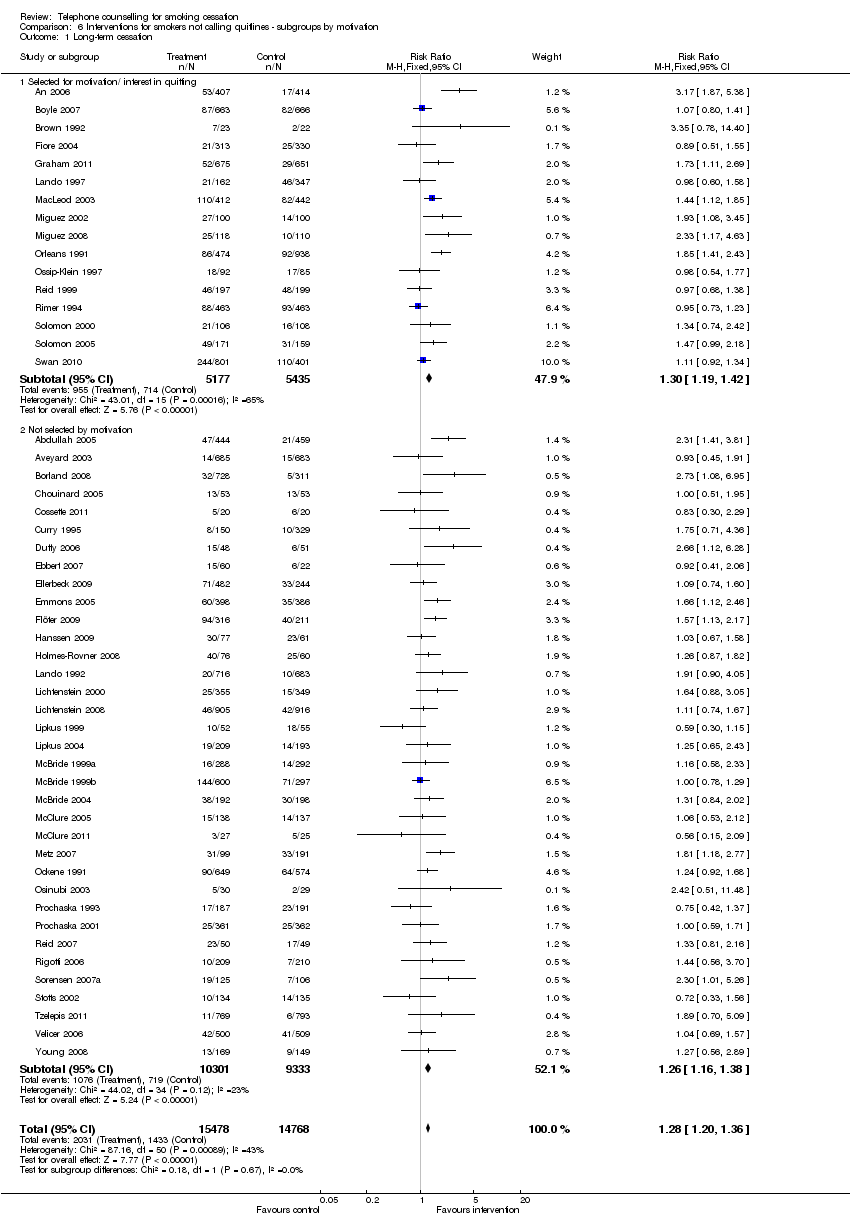Contenido relacionado
Revisiones y protocolos relacionados
William Matkina, José M. Ordóñez‐Menaa, Jamie Hartmann‐Boyce | 2 mayo 2019
Dennis Thomas, Michael J Abramson, Billie Bonevski, Johnson George | 10 febrero 2017
Tim Lancaster, Lindsay F Stead | 31 marzo 2017
Lindsay F Stead, Allison J Carroll, Tim Lancaster | 31 marzo 2017
Flora Tzelepis, Christine L Paul, Christopher M Williams, Conor Gilligan, Tim Regan, Justine Daly, Rebecca K Hodder, Emma Byrnes, Judith Byaruhanga, Tameka McFadyen, John Wiggers | 29 octubre 2019
Virginia Hill Rice, Laura Heath, Jonathan Livingstone‐Banks, Jamie Hartmann‐Boyce | 15 diciembre 2017
Nicola Lindson, Tom P Thompson, Anne Ferrey, Jeffrey D Lambert, Paul Aveyard | 31 julio 2019
Jamie Hartmann-Boyce, Jonathan Livingstone-Banks, José M Ordóñez-Mena, Thomas R Fanshawe, Nicola Lindson, Suzanne C Freeman, Alex J Sutton, Annika Theodoulou, Paul Aveyard | 4 enero 2021
Thomas R Fanshawe, Jamie Hartmann‐Boyce, Rafael Perera, Nicola Lindson | 20 febrero 2019
Kate Cahill, Tim Lancaster | 26 febrero 2014










